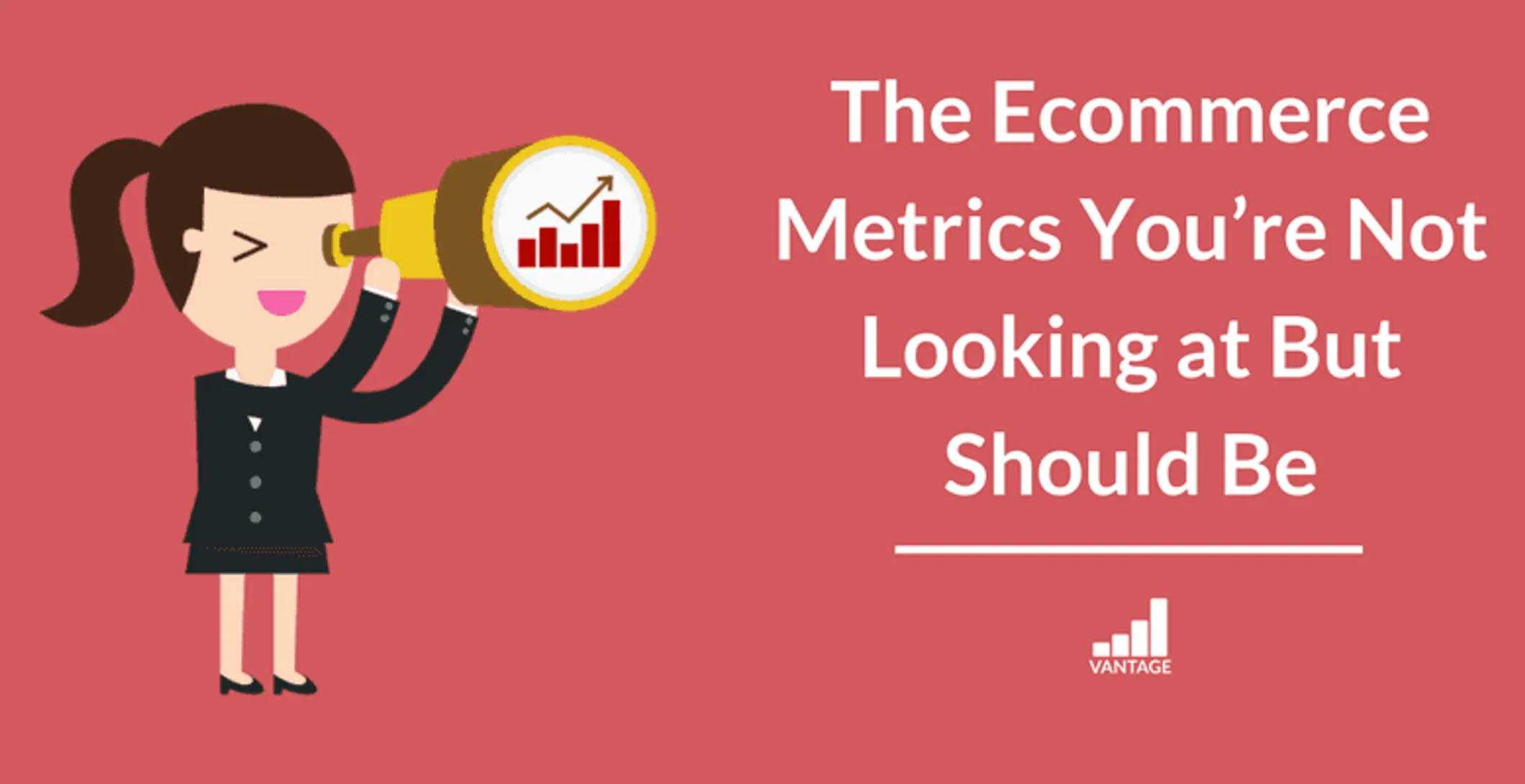To get the most out of your Ecommerce website you need to make sure that every aspect of your marketing is working for you. From your advertising to your landing pages all the way through to delivery, you should be optimising customer satisfaction. You need to improve the things that don’t work and put more resources behind the things that do.
The best way to do that, is to constantly watch certain aspects of your websites performance. That’s why the following list of metrics needs to be tracked on a daily basis.
Cart Abandonment Rate
An abandoned cart is one where customers have gotten as far as the checkout, and then left your website without buying. There are a lot of reasons that customers do this, and it’s fairly common. IN fact, 68% of online shoppers abandon their shopping carts.

One of the main reasons given by consumers is that they didn’t expect the high shipping costs. Another is that they realise they have racked up a cart that they can’t afford to pay for.
By tracking this metric daily, you should be able to pick up whether you are experiencing more abandoned carts than what’s normal.
If you are, there are some things you can look at to improve the situation:
- Reduce any hidden costs on your Ecommerce site
- Make Shipping policies clear on the product page
- Ensure that there are plenty of well-trusted payment options for your customers
- Don’t push them to register on your website, or for your emails
- Make the checkout process as simple and easy as possible
Cost per Acquisition

You have to spend money to make money. You will not set up an Ecommerce site and simply start selling. You first have to advertise and market your business, in order to gain people’s interest. Then you have to guide them down the sales funnel until they make a purchase. This process costs money.
The amount of money to spend on each sale or “acquisition” is called the cost per acquisition. It tells you how much you are spending to acquire a new customer.
You can track these metrics using Google Analytics and a host of other paid-for tools. It’s a good idea to invest in this information. It will help you to understand where your customers are coming from, which channels are working for you and, in the long run, help you to allocate your budget to the right places.
It’s not enough to simply track traffic. It’s better to have less traffic that converts, than high traffic from visitors who don’t buy.
Conversion Rate
In Ecommerce, conversions are usually sales.
Your conversion rate shows you exactly how well you are doing at convincing people who land on your website to buy.
The equation for conversion is simple.
If you have 1000 visitors to your Ecommerce site today, and 70 of them complete a transaction, then you have a 7% conversion rate.

The average conversion rate is 2.5% for Ecommerce stores.
If you are falling way below this average, then you need to look at conversion rate optimization.
There is a host of tools and companies that can assist you with conversion rate optimization, from free apps to specialists.
Average Order Value
This metric looks at the average amount spent by consumers on your website per individual order. If you make $10 000 worth of sales today, from 200 orders, then your average order value is $50.

Because each acquisition costs you money, as well as every order placed costing you money in shipment, packaging and time, it makes sense that it’s better for your bottom line if you have a higher average order value.
What to do if your Average Order Value is too low:
Try to give your visitors more buying options. Encourage them with complimentary shipping and giveaways if they order for above a certain value, and show them which products complement the ones they are ordering.
Average Lifetime Value per Customer
You’re already monitoring your cost per acquisition (new customer) but that metric has very little value if you don’t know what the average lifetime value of your customer is.

The cost of your acquisition may not always seem worthwhile in the first purchase, but when you take into account that you are much more likely to sell to a return customer, and that each customer has a lifespan over which they will spend an average amount with you.
This is the true value of your acquisition.
The basic equation is as follows:
Average Order Value
Number of Return Sales (per customer, per annum)
Average buying lifespan per customer
(Average order value x number of purchases per year) x number of years.
So If your Average Order Value is $50, and your customer makes an average of 3 purchases per year, and the average projected customer buying lifespan is 3 years, then the average lifetime value per customer is $450.
(50 x 3) x 3.
Needless to say, the average lifetime value per customer needs to be greater than your average cost per acquisition.
Refund and Return Rate
Sometimes items you sell will be returned and need to be refunded. It’s calculated as the percentage of product returns accepted compared to the total sales. Although returns are normal, you don’t want your return rate to be too high.
Returns cost you because they have to be processed and transported twice, and while they are essential, they are not ideal.
The value in monitoring your return rate comes in when you segment the returns by products and categories. You should get a clear picture of which items are costing you more than they make you. These should be removed from your inventory to prevent you wasting resources and damaging your brand.
Additional Metrics to Measure
In addition to these essential metrics which you should be monitoring daily, you should also give attention to the following metrics at least once a month:
Cost per Click (CPC ) How much you are paying for every click on your AdWords and Facebook ads.
Cost per Mile (CPM) The cost of a thousand impressions your ads make.
Traffic – How many visitors your website has in a specified time.
Without measuring your metrics regularly you have no real way of knowing if your business is making a profit or running at a loss. It is also the best way to make educated business decisions that will affect your profit margins, increase your productivity and sales and reduce costs.




